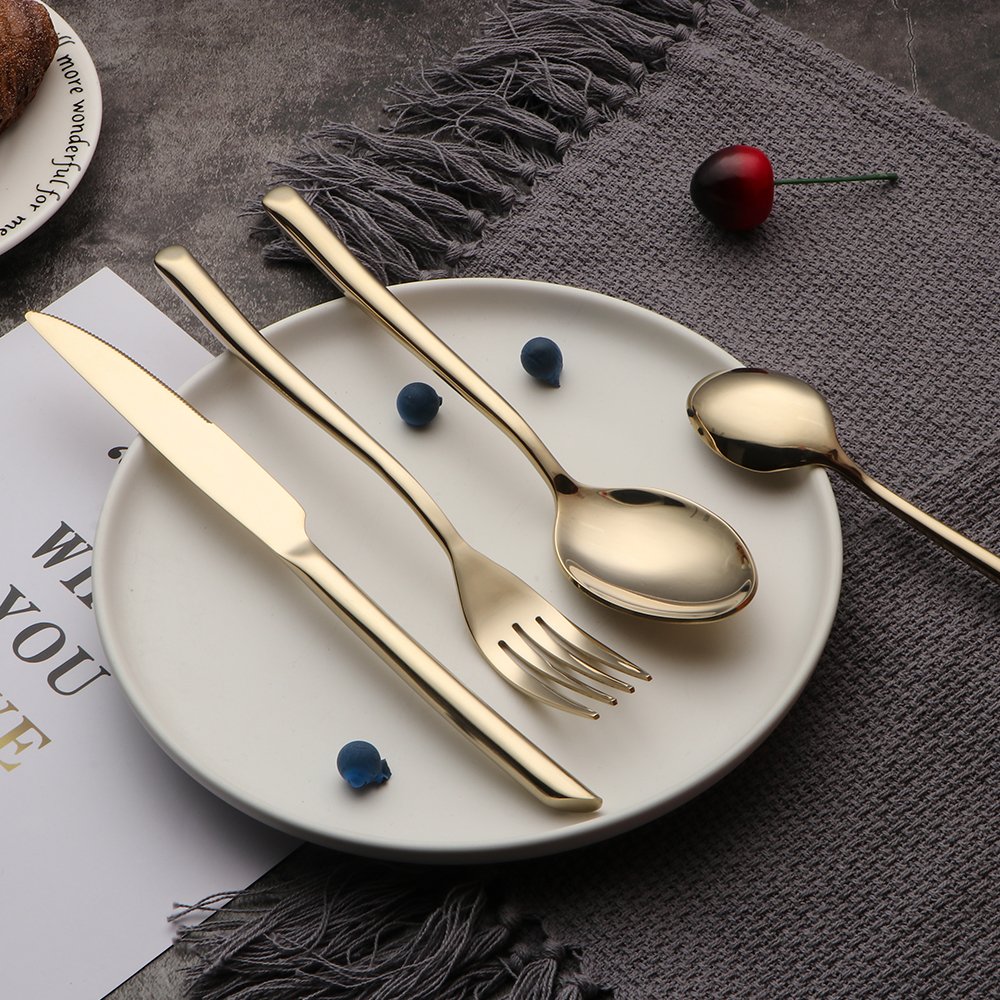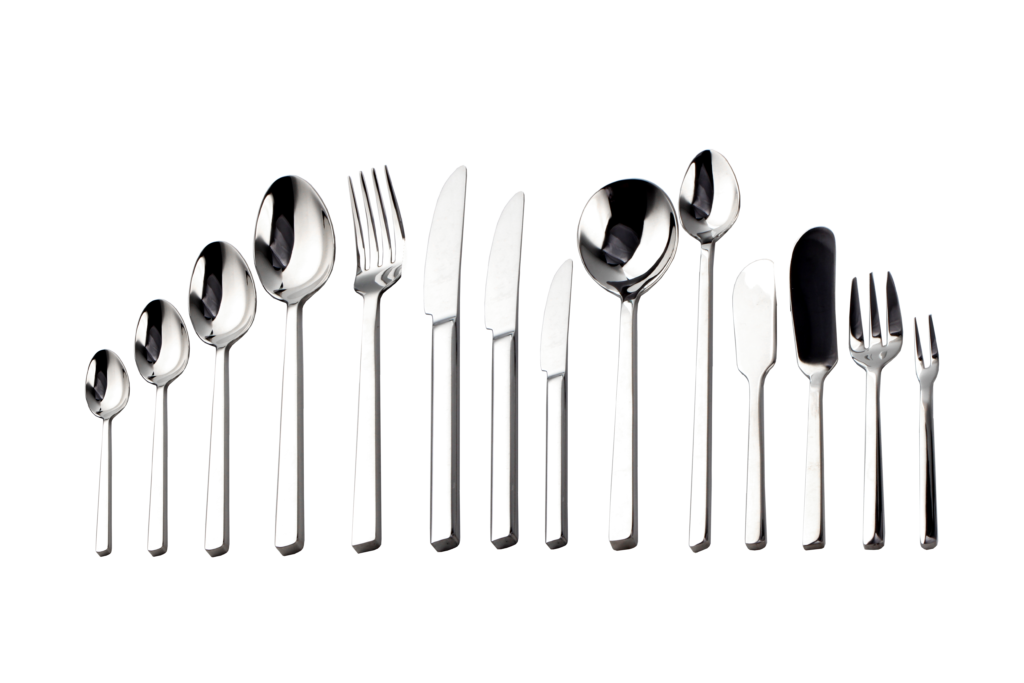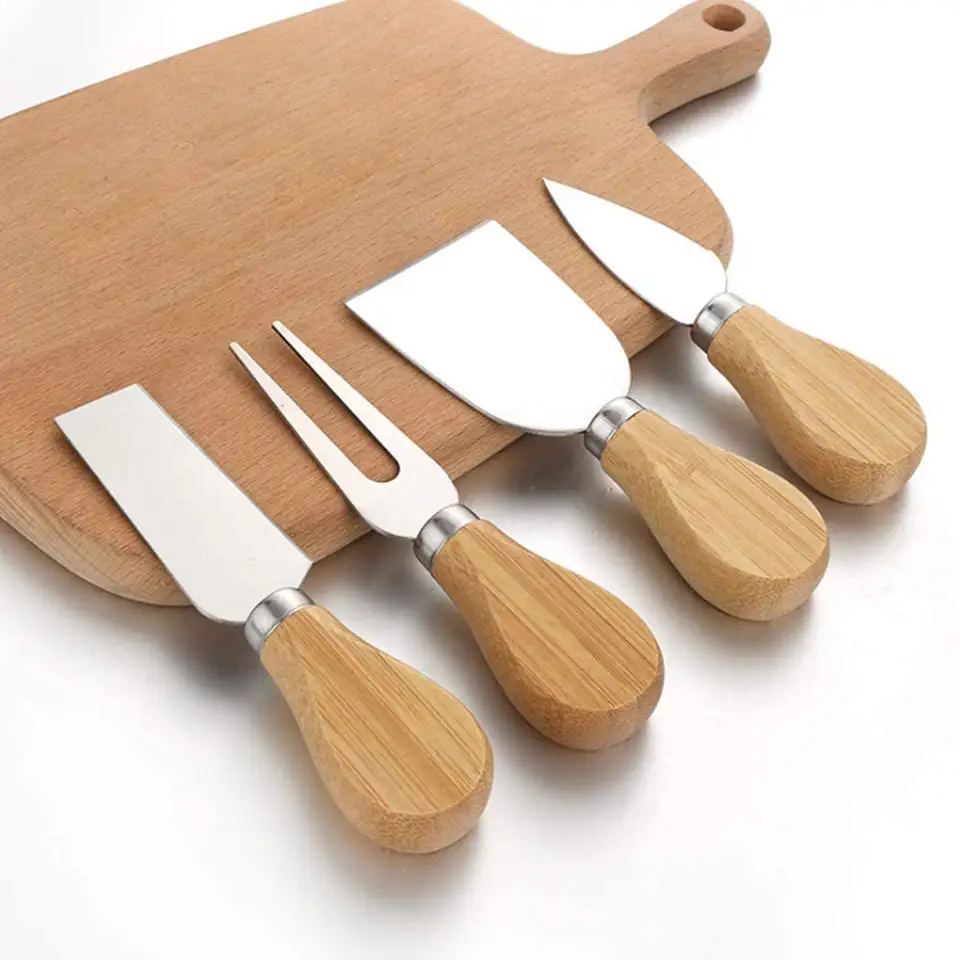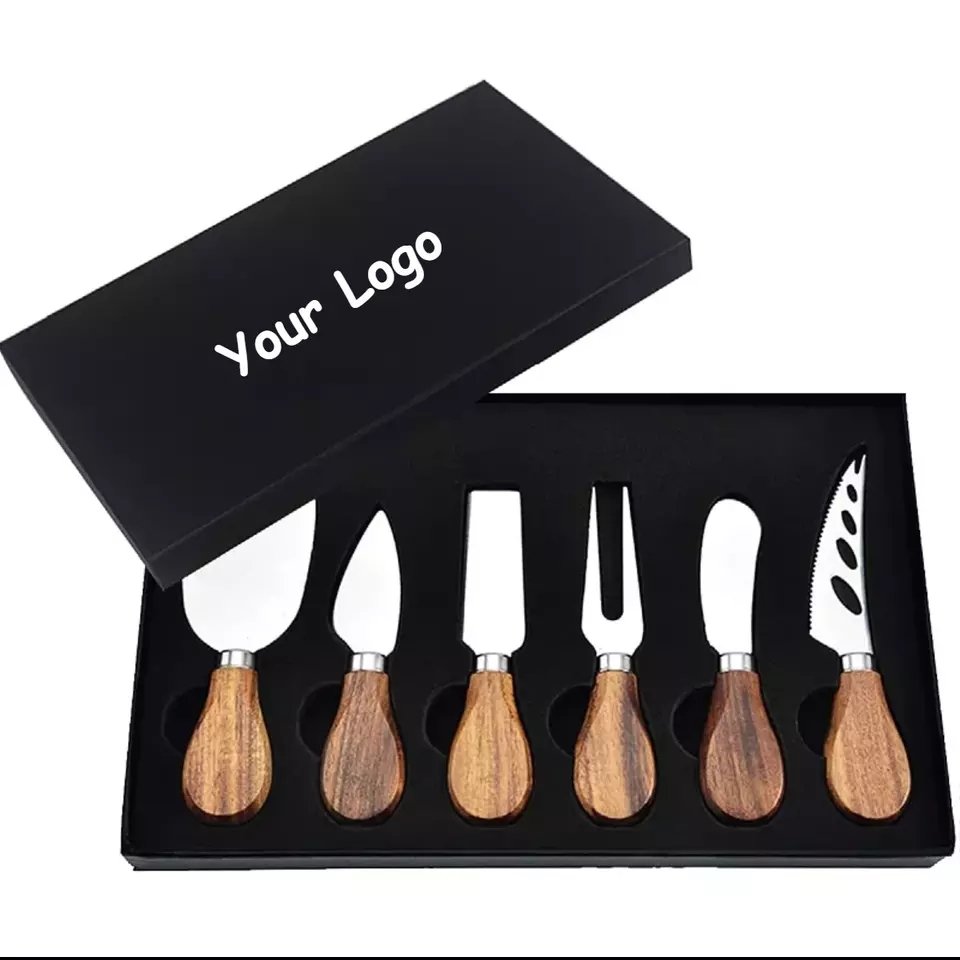For years, people believed British cutlery—especially from Sheffield—was unbeatable. But is that still true when China now dominates global manufacturing with speed, scale, and quality?
No, most cutlery is no longer made in Sheffield. China now leads in output, variety, and quality assurance—making it the more practical option for wholesale buyers.
Sheffield once stood at the heart of the global cutlery industry. But times have changed. In this article, I’ll walk you through a detailed comparison between the legendary British hub and modern Chinese cutlery production. From cost efficiency to quality control and buyer experience, I’ll share not only facts—but my personal stories from the frontlines of the global kitchenware trade.
Table of Contents
Is any cutlery still made in Sheffield today?
Some people still associate Sheffield with cutlery excellence. But how much of that reputation holds up today?
Yes, a few small workshops still produce cutlery in Sheffield, but they serve a niche market. Most large-scale production has long moved abroad, especially to China.
🇬🇧 Sheffield Today vs. 🇨🇳 Modern China
| Factor | Sheffield (UK) | China |
|---|---|---|
| Scale | Small, boutique-level | Mass production capability |
| Technology | Traditional techniques | CNC, laser welding, automated polishing |
| Product Range | Limited, often high-end | Full range from budget to premium |
| Market Focus | Local/EU retail and collectors | Global B2B, OEM, and custom orders |
| Delivery Lead Time | 4–8 weeks or longer | Often 15–25 days |
In my first year attending the Ambiente Fair in Frankfurt, I visited a Sheffield booth. Their story was charming—100 years of craft, premium handmade sets, velvet packaging. But when I asked their lead time and MOQ, it was 8 weeks and 100 sets minimum. That same week, a German client came to our booth asking for 50,000 sets with logo embossing, polished handles, and urgent delivery.
You know what he said?
> “Sheffield is beautiful, but your proposal fits our actual needs.”
I respect British legacy, but I work in reality. We have automated polishing lines. Our team confirms samples in 5 days. We deliver in containers, not velvet boxes.

What types of cutlery are still produced in the UK?
Buyers may imagine the UK is still a robust production base for all kinds of cutlery. But is that accurate?
Mainly premium knives and silver-plated sets are still produced in the UK. Everyday stainless steel flatware is mostly imported or OEMed.
What UK Still Makes vs. What China Covers
| Cutlery Type | UK | China |
|---|---|---|
| Silver-plated ceremonial sets | ✅ | ✅ |
| 18/10 everyday stainless steel flatware | ❌ Mostly imported | ✅ All styles, all grades |
| Custom logo cutlery for restaurants | ❌ Limited | ✅ Common and flexible |
| Colored or gold-plated designs | ❌ Outsourced | ✅ In-house production |
| Knife sets with special blades | ✅ Few workshops | ✅ Full-scale tooling |
In the UK, much of the cutlery production is more symbolic than scalable. I’ve had clients from France who initially wanted “British-made knives” but soon realized those were better suited as wedding gifts, not for daily retail on shelves.
In contrast, we offer multi-material knife sets, laser-engraved logos, eco-packaging, and even anti-fingerprint surface finishes—direct from our factory. The gap isn’t just price. It’s about who’s prepared to meet evolving global needs.

What made Sheffield cutlery so famous in the past?
Sheffield’s reputation didn’t appear overnight. It was earned through decades of innovation and industrial excellence. But does it still matter today?
Sheffield became famous for pioneering stainless steel production and masterful forging. While still respected, its influence now lives on more in legacy than in global output.
Timeline of Sheffield’s Rise and Shift
| Era | Contribution | Impact |
|---|---|---|
| 18th century | Birthplace of stainless steel alloying | Revolutionized hygiene in dining |
| 19th century | Forging techniques, cutlery boom | Sheffield became a global name |
| 20th century | Decline due to global outsourcing | Production moved to Asia |
| 21st century | Niche artisan workshops remain | Symbol of tradition, not scale |
I’ll never forget a UK buyer telling me:
> “My grandfather used Sheffield knives. But now, all our supermarket products come from China.”
That’s not just sentiment. It’s a shift in where value and production converge. While Sheffield holds sentimental and historic significance, China has built an ecosystem—from raw material supply to surface finishing to packaging—that supports *today’s* demand.
And that’s what most B2B buyers prioritize: reliability, flexibility, and full-cycle service.
Is British-made cutlery still competitive?
“British-made” still sounds premium to some. But does it actually deliver better value today?
Not really. While UK-made cutlery holds emotional appeal, it struggles to compete with China in cost, speed, flexibility, and volume.
Where the Perceived Value Differs
| Factor | UK (Sheffield) | China |
|---|---|---|
| Unit Price | 3x to 5x higher | ✅ Competitive, scalable |
| Lead Time | 6–8 weeks | ✅ Often 2–4 weeks |
| MOQ Flexibility | High MOQ or custom limits | ✅ Accepts small or large MOQs |
| Customization | Limited to engraving | ✅ Full OEM/ODM capabilities |
| Supply Chain | Fragmented | ✅ Integrated from raw material to packaging |
One of our long-term partners from Italy once told me he ordered Sheffield cutlery to impress a high-end client. The result? Beautiful craftsmanship, but the shipment was delayed. Their client switched to us for the next order—and never looked back.
Why? Because we offered:
– 3D sample preview in 48 hours
– 5% lower breakage rate due to better packing
– Custom logo and surface finish options
– Faster replenishment cycle
There’s a charm in the idea of British tradition, but modern buyers—especially in the hospitality and retail sectors—care more about fulfillment. That’s where we shine.
How do UK and Chinese cutlery production costs compare?
Many still assume that British products justify higher prices with better quality. But does the math support that belief?
No. Chinese cutlery achieves high quality at much lower costs, thanks to scale, automation, and optimized labor.

Price Composition: UK vs. China
| Component | UK Cost Estimate (per unit) | China Cost Estimate (per unit) |
|---|---|---|
| Labor | £1.50 | ✅ ¥0.80 (approx. £0.09) |
| Material (18/10 steel) | £1.20 | ✅ ¥1.30 (bulk purchasing discounts) |
| Energy & Utilities | £0.50 | ✅ ¥0.20 (solar-integrated factories) |
| Overhead (taxes, rent, etc.) | £1.00 | ✅ ¥0.40 |
| Packaging | £0.30 | ✅ ¥0.25 |
| Logistics | £0.80 | ✅ ¥0.30 (port proximity + container consolidation) |
| Total | £5.30+ | ✅ < £1.50 equivalent |
During a factory tour with a UK buyer, I once explained how we reuse heat energy from polishing machines to power ultrasonic cleaning. He was stunned—not just by the cost savings, but by the sustainability.
He said:
> “I thought low price meant cutting corners. But you’ve invested more in systems than my UK suppliers.”
That conversation changed our collaboration. Numbers tell a story—and ours says *efficiency wins.*
Which offers better quality control: UK or China?
Quality was once the West’s main strength. But has that changed?
Yes. Modern Chinese factories follow strict quality protocols—often exceeding international standards required by global retailers.
Quality Management Comparison
| Quality Element | UK | China |
|---|---|---|
| ISO9001 Certification | ✅ Common | ✅ Standardized |
| Third-Party Testing (SGS, BV, TUV) | Sometimes | ✅ Routine |
| In-Process Quality Checks | Manual | ✅ Automated + manual |
| Batch Retention System | ❌ Not always used | ✅ Traceable samples stored |
| Final QC Documentation | Limited | ✅ Digitally documented + archived |
In my own factory, we have three internal quality checkpoints:
1. After raw material shaping
2. Post-polishing/pre-plating
3. Final packaging
Each batch has QR-coded traceability. Our team uploads inspection photos and specs to the cloud. I once showed a German buyer this system in real-time—he checked a random product batch from his office in Munich. It built instant trust.
We also undergo quarterly surprise audits by our clients, and pass consistently. The result? Fewer claims, repeat orders, long-term partnerships.
This isn’t 2005’s “Made in China.”
This is 2025’s *Engineered in China.*
Is "Made in Sheffield" still a global advantage?
There’s no denying the emotional pull of “Made in Sheffield.” But does it still mean what it used to?
Not quite. While it carries legacy value, most global buyers now prioritize reliability, speed, and cost-effectiveness—where China leads.
Perceived Value vs. Delivered Value
| Dimension | “Made in Sheffield” | “Made in China” |
|---|---|---|
| Brand History | ✅ Strong heritage | Gaining fast recognition |
| Design Legacy | ✅ Classic styles | ✅ Trend + innovation focused |
| Flexibility | ❌ Often rigid | ✅ High customization (logo, finish, material) |
| Mass Market Readiness | ❌ Limited | ✅ Ready-to-ship and OEM systems |
| Global Supply Chain Integration | ❌ Weak | ✅ End-to-end services, including freight |
I remember a trade buyer from the Middle East saying:
> “Sheffield looks great on paper. But your factory gave me custom 18/0 cutlery with matte black finish, laser logo, and eco-packaging—all delivered in 22 days. That’s what my business needs.”
His sentiment is common in today’s B2B market.
Buyers are under pressure to:
– Deliver value to their customers
– Manage inventory faster
– Customize without bloating costs
In that world, heritage matters less than execution. And Chinese factories are built for execution.
I respect Sheffield. It laid the foundation for stainless steel. But foundations don’t build skyscrapers. We do.
Tradition may impress, but in today’s cutlery market, performance wins. And China delivers.





